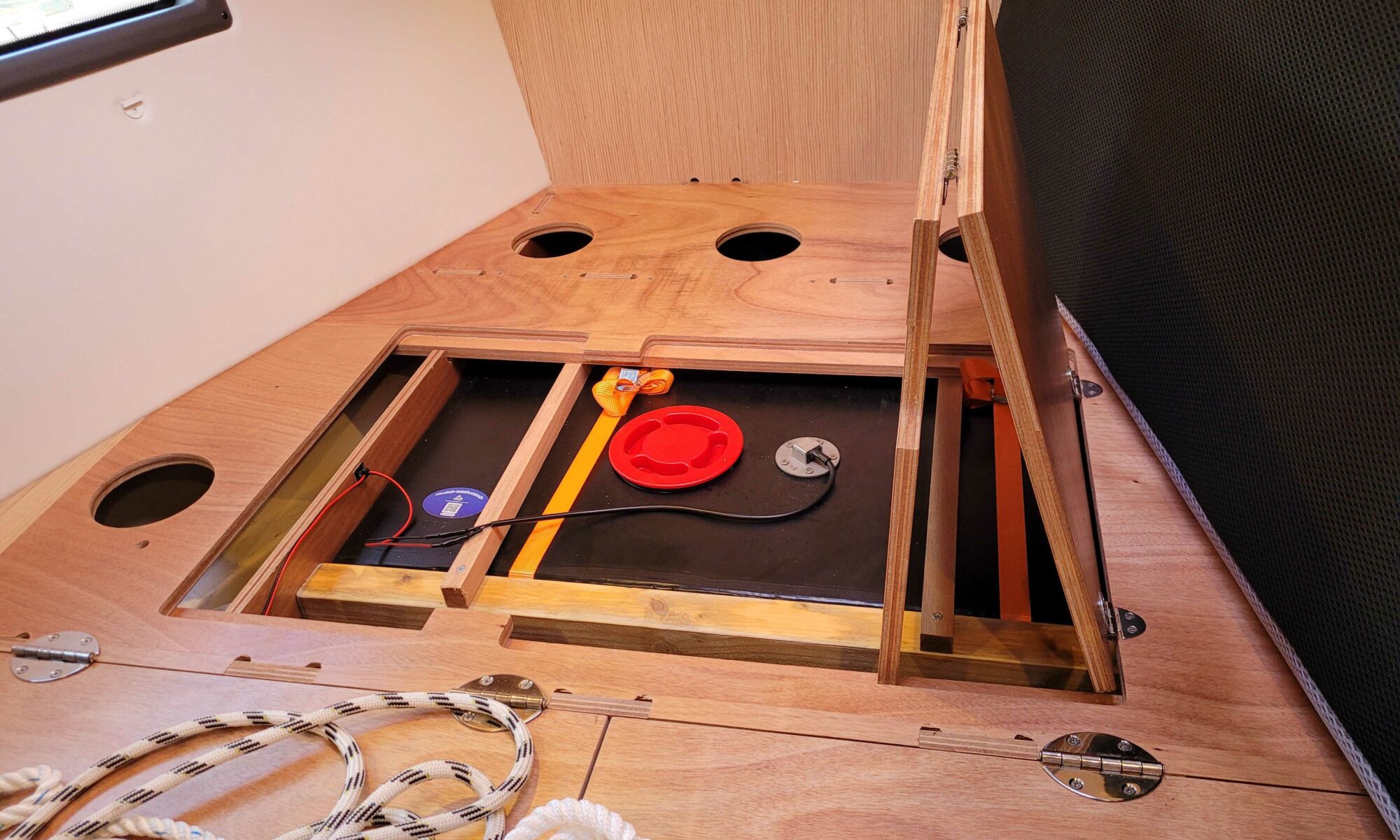We’ve got a freshwater tank of about 210 liters – pretty decent and enough for two to three days. Amusingly, the shipyard even offers the boat with two water tanks: a standard tank in the backboard-astern cabin and another one in the bow cabin. We, however, simply forgot to order the bow tank. Upgrading the original Bavaria tank isn’t an option either – it just won’t fit through the door or the hatch window. And the space under the fore-cabin bunk? Practically usable only for a tank, and getting to it is a real challenge.
I even thought about installing one of those soft tanks – basically a flexible water bag. But I read they tend to become porous over time and are hard to keep clean. Alternatively, you can have a custom-made tank built. Sounds super complicated and probably expensive, right? Far from it! I paid just €692 for a specially fabricated 135-liter tank.
Schäfer Kunststoffverarbeitung GmbH
Kirchstraße 11, 57614 Oberwambach
Tel: +49 2681 – 7171
Whatsapp: +49 176 – 48982245
Email: info@schaefer-kunststoff.de
Complicated? A bit, but absolutely doable!
Planning
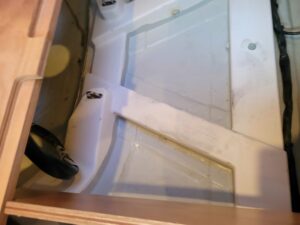

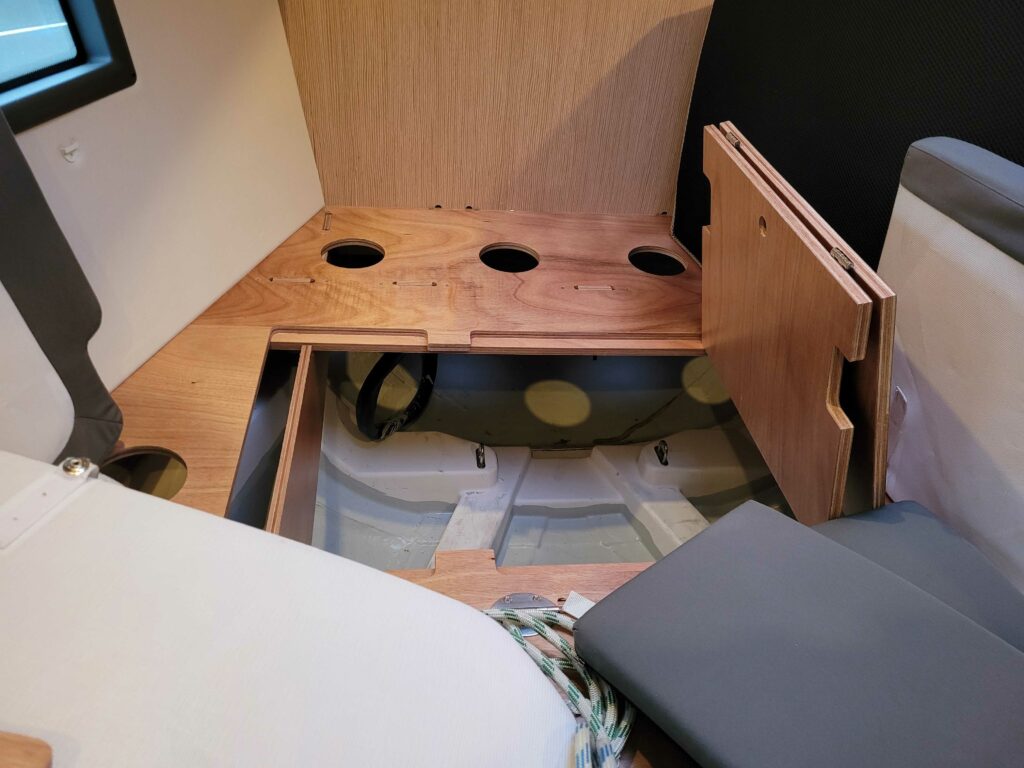
First, I measured the available space carefully – not every tiny nook, but enough to create a roughly rectangular tank that makes optimal use of the area. The critical test was ensuring the tank would still fit through the door and the hatch under the bunk – the door’s width was the real limiting factor.
If you try to use every single corner (which is possible), the tank’s cost skyrockets quickly. Based on my measurements, I built a wooden model – essentially a “prototype in wood” – to confirm the tank would indeed fit in the designated spot.
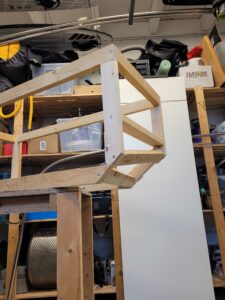
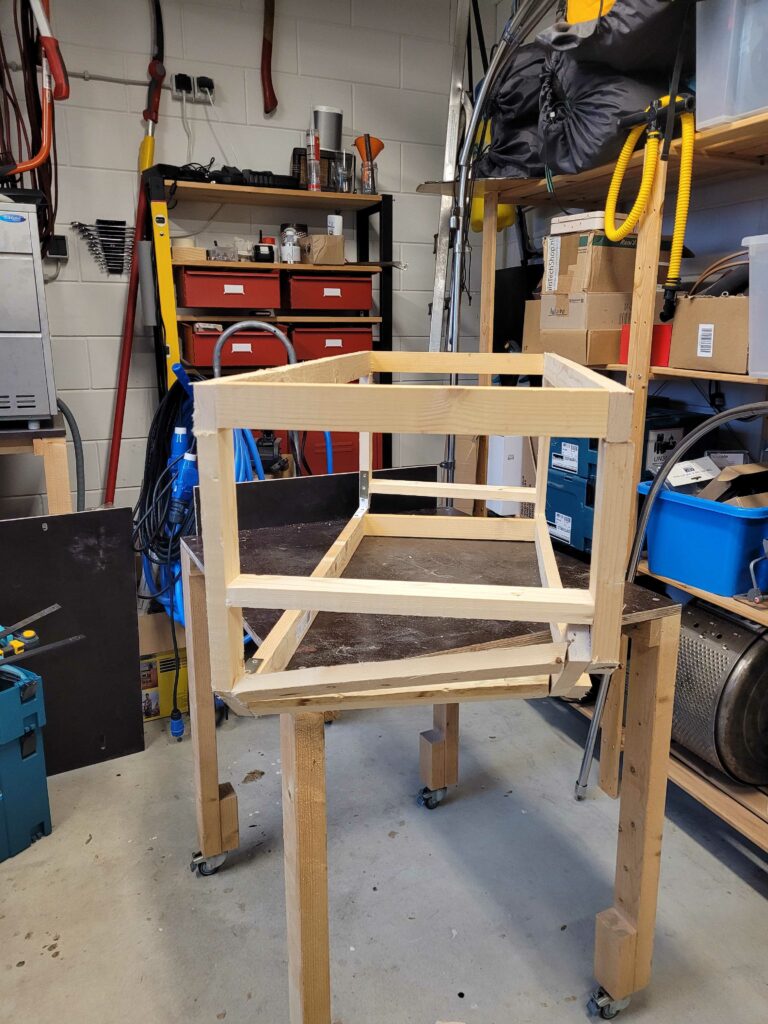
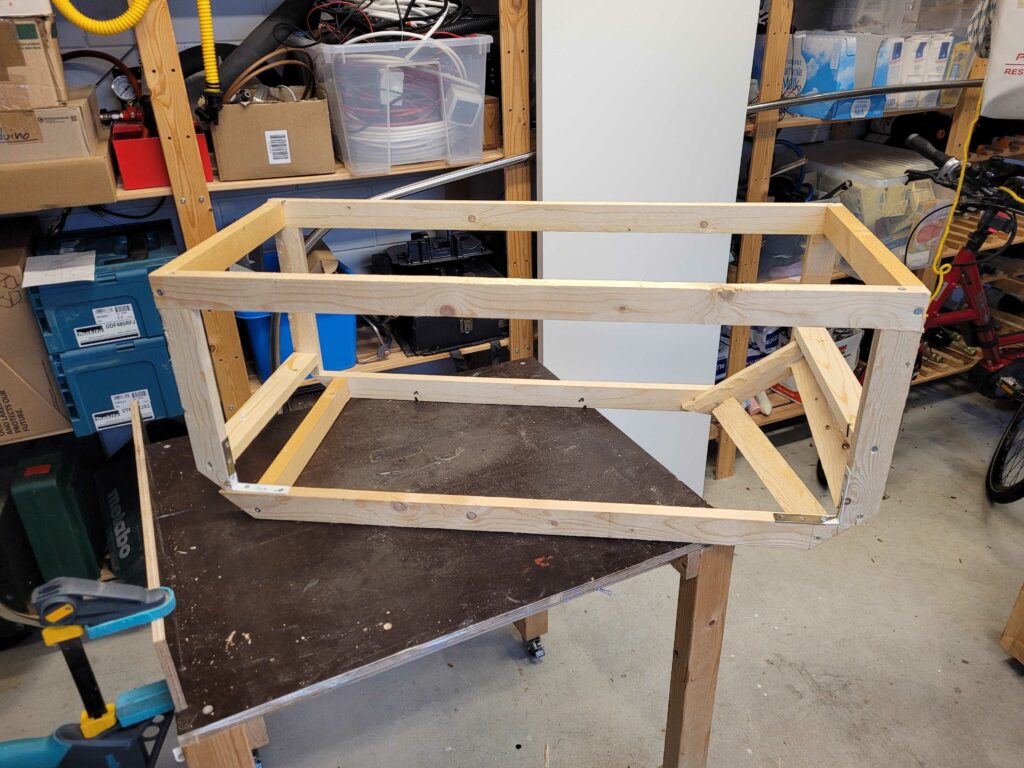
After several “fitting attempts” (see video), I optimized the model to yield a tank volume of about 135 liters. For comparison, the original Bavaria bow tank holds 150 liters and costs roughly €1000 – a pretty sound investment when you consider how much work DIY can be.
The optimizations included, for example:
- A triangular bottom: This design fits perfectly between two frames and improves drainage.
- Slanted side walls: They ease the installation and match the boat’s contours beautifully.
Moreover, I had to plan the extraction and filling access, the service access, the venting, and even the placement of the level sensor. Schäfer even plans to incorporate splash walls to prevent the water from sloshing around too much when the boat is in motion – something that would have left me stumped.
I’ve attached the drawing – I’m convinced this tank should fit all C38 models.(Drawing as PDF)
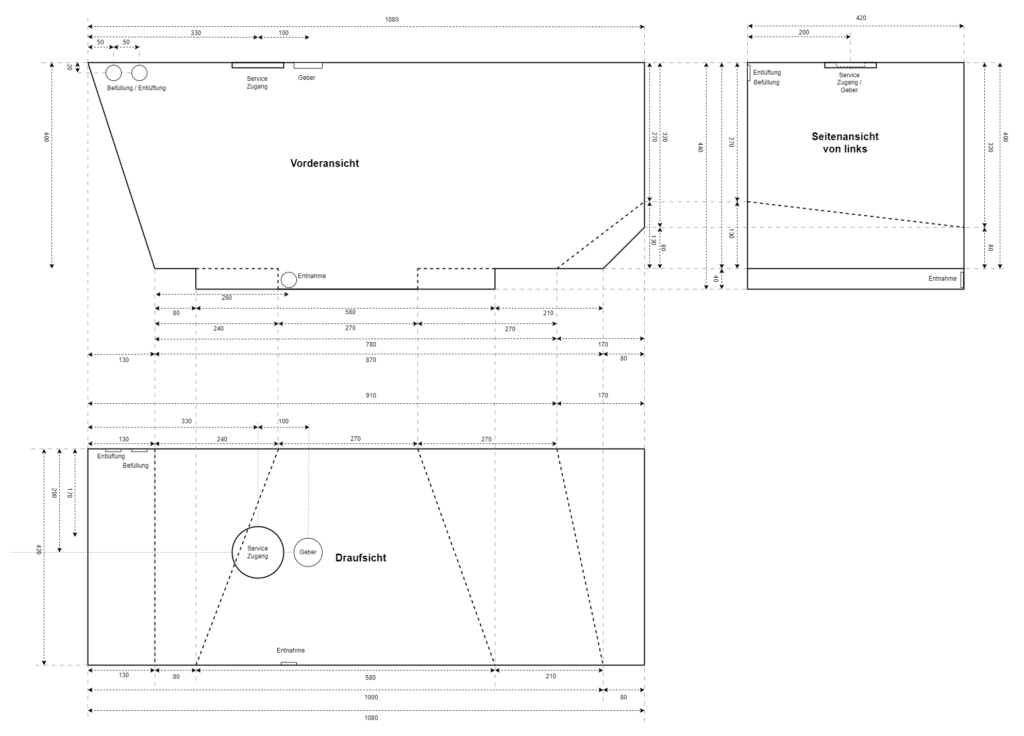
Important: Always re-measure before use; don’t just take it at face value!
I also got in touch with Schäfer’s production department and managed to snag a few pictures of the tank assembly. It was really fascinating to see how the tank was built – especially its internal construction.

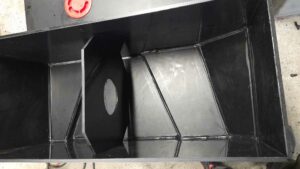
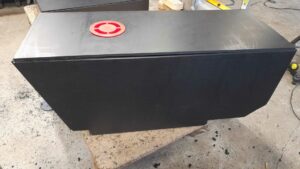
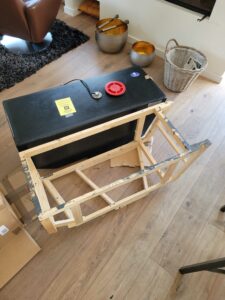
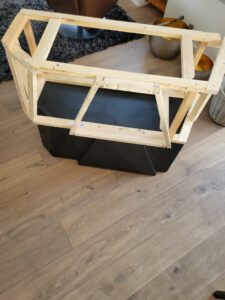
Installation
I reinforced the hatch with two laminated wooden beams so that the tank stays firmly in place. Additional tie-down straps, run through existing eyelets on the floor, secure the tank reliably.
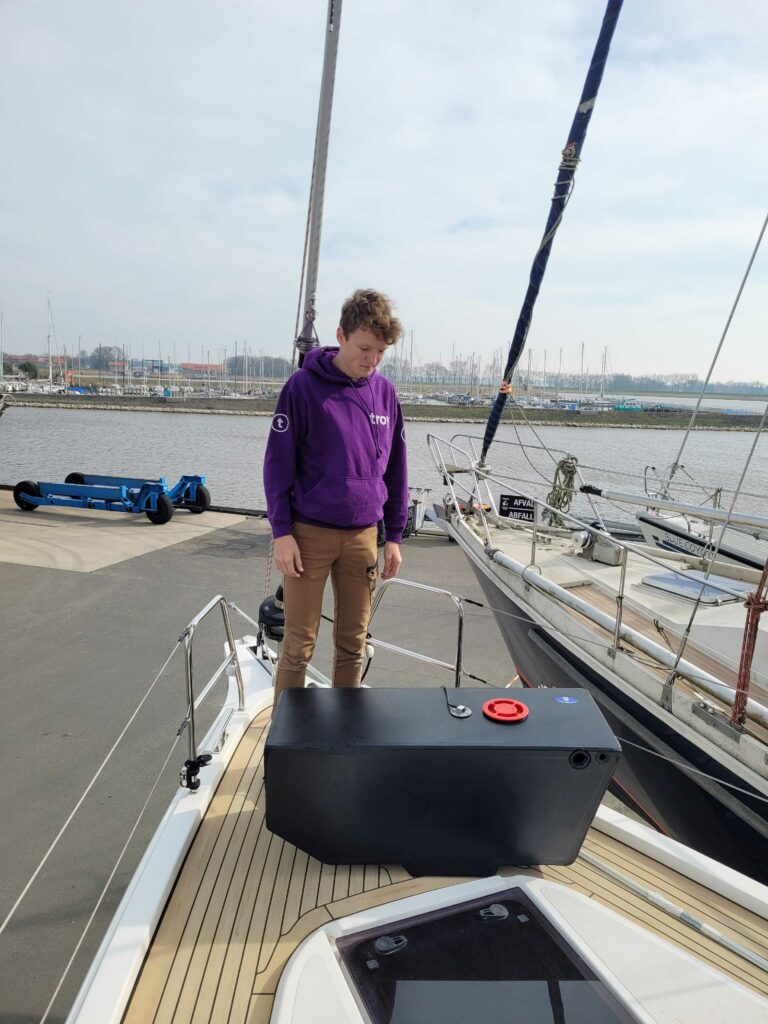
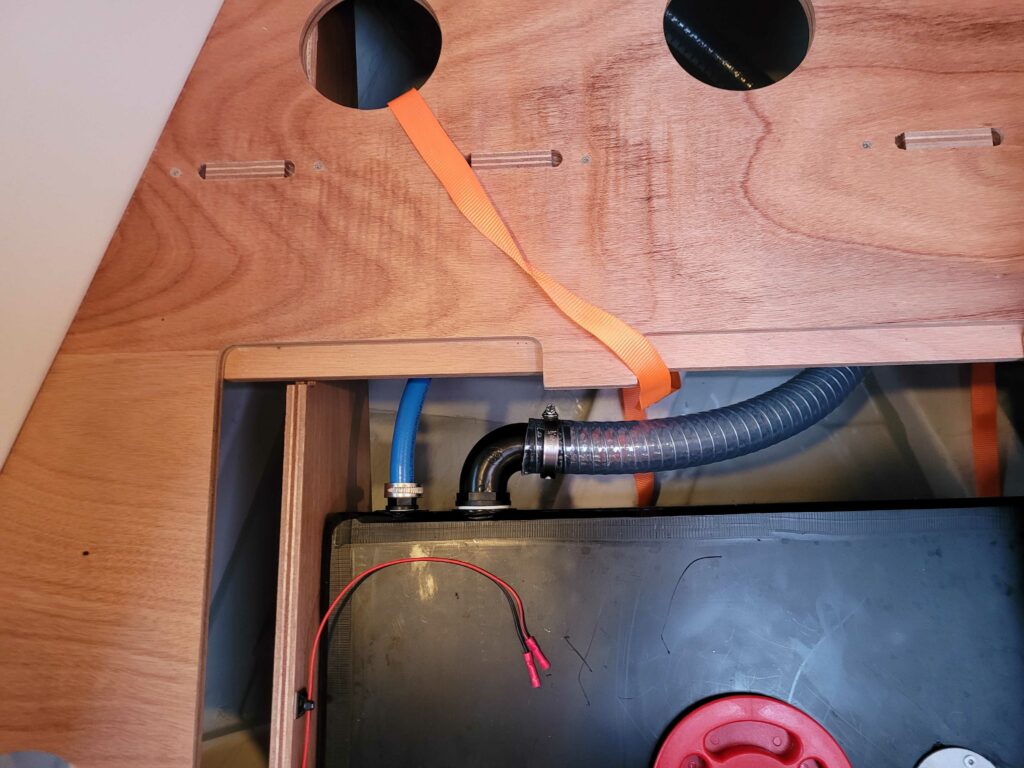
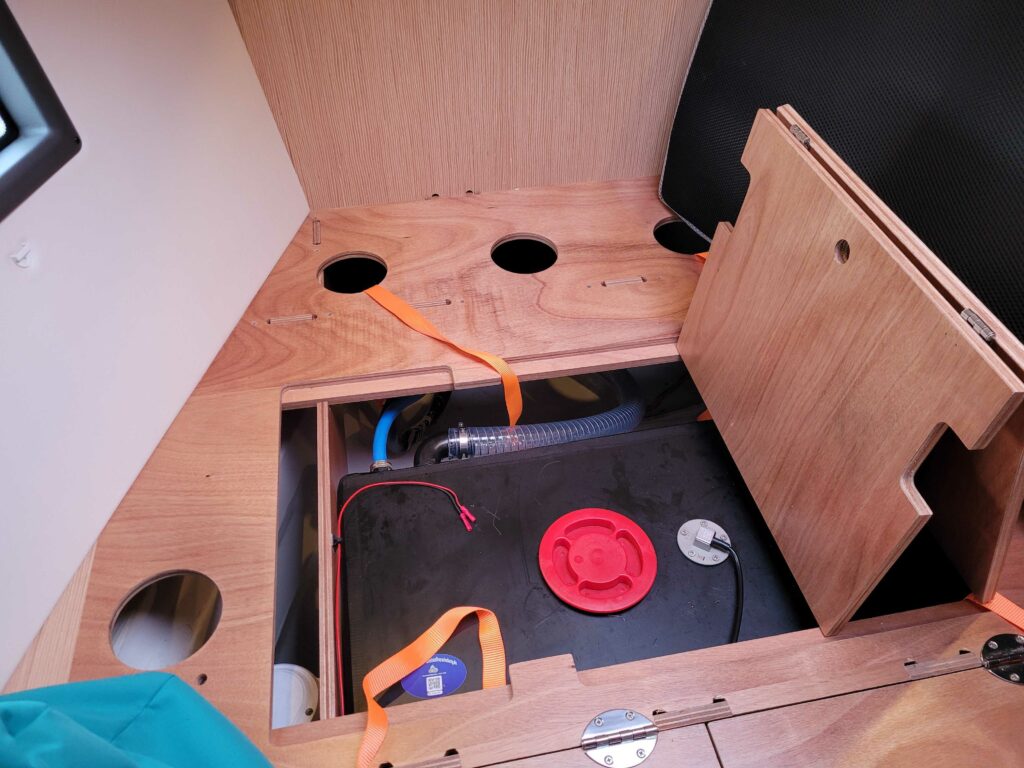
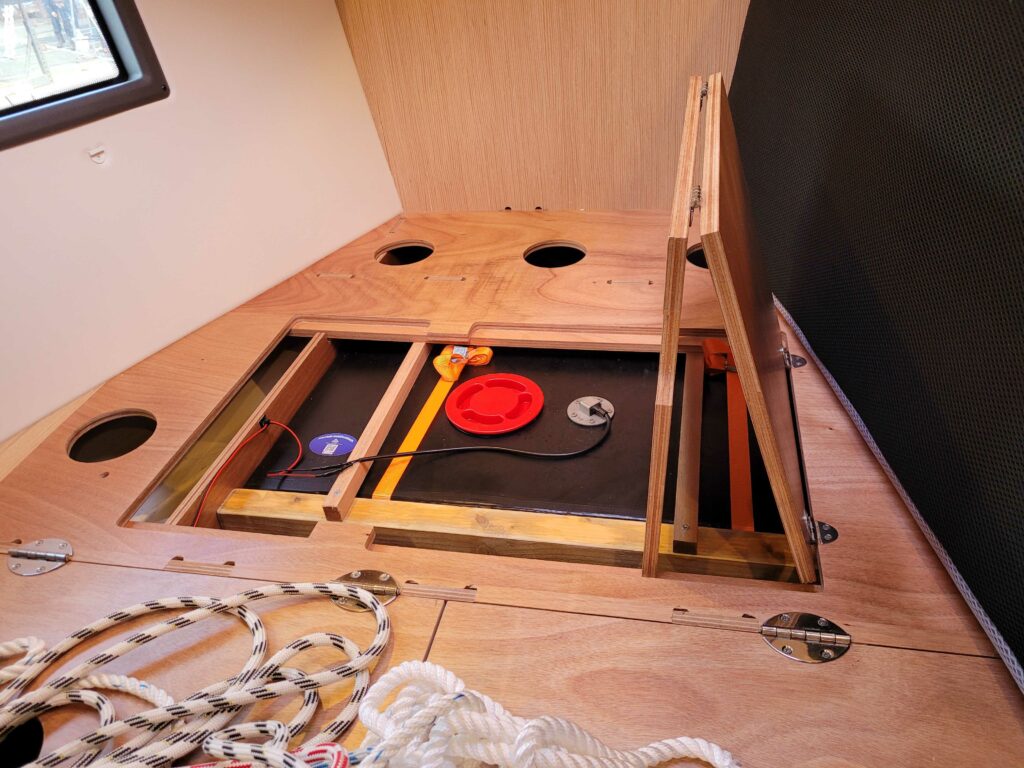
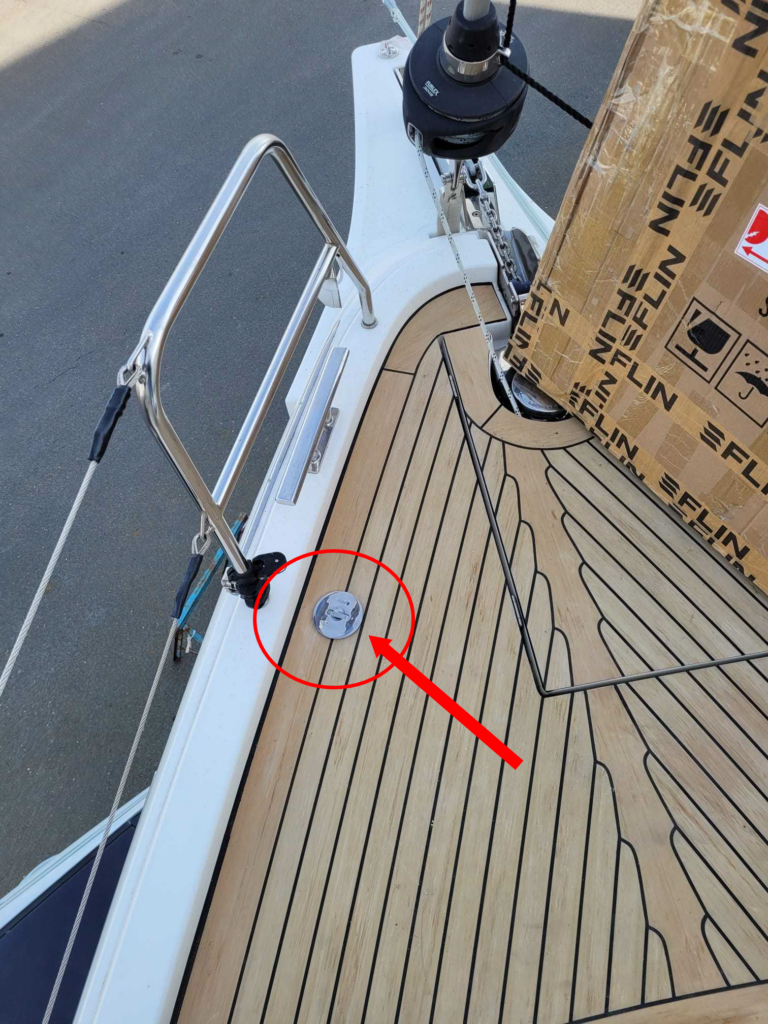
For filling and venting, I utilized an opening towards the anchor locker (backboard). The venting ends in the chain locker – I simply didn’t want to drill another hole in the hull. The filling is routed via a stainless-steel stud to the deck. The extraction hose runs past the starboard side, alongside the service batteries, and heads toward the saloon where, beneath the sink, you’ll find the potable water pump and the main tank’s extraction line.
Consideration
I’m also planning to install a water maker that ideally fills both tanks. However, there’s only enough space for this device at the main tank – and I’m not keen on adding more hoses throughout the boat. So, I devised a bypass with a shut-off valve to allow water to be pumped from the main tank into the bow tank.
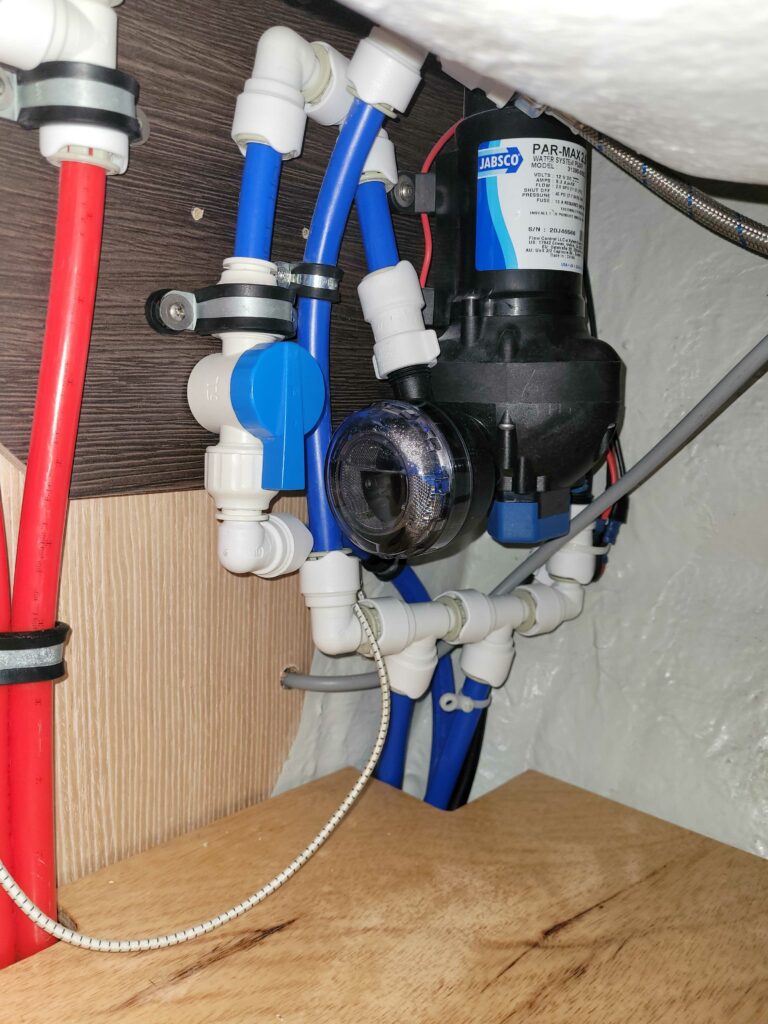
See the diagram:
- Valve 1: open
- Valve 2: closed
As long as the bypass remains closed, water is drawn exclusively from the main tank. Once the bypass is opened, the potable water pump transfers water from the main tank into the bow tank.
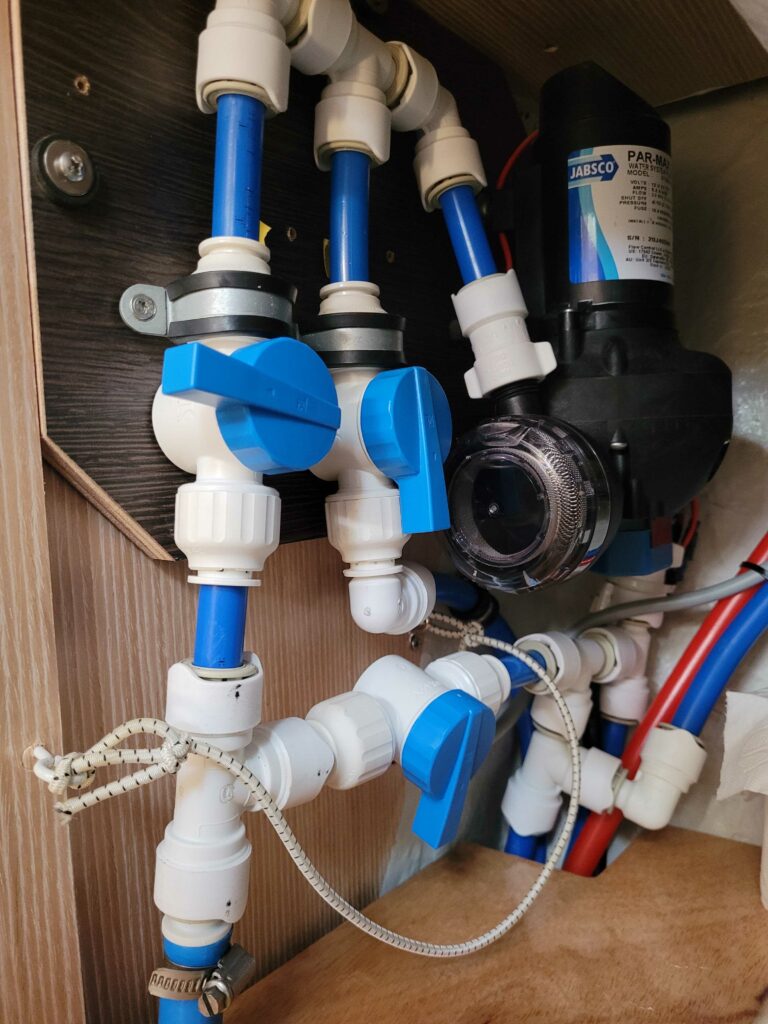

Now we have about 135 extra liters of water for drinking, rinsing, washing, and even brushing our teeth – a refreshing upgrade for life on board!
Important: this is merely a description of how I did it; everyone must decide for themselves whether they feel capable of undertaking the work. I make no guarantee regarding the accuracy of the presented content. We are not liable for any errors resulting from mistakes in the documentation or during the replication of the content. Likewise, we are not liable for any consequential damages that may occur.


